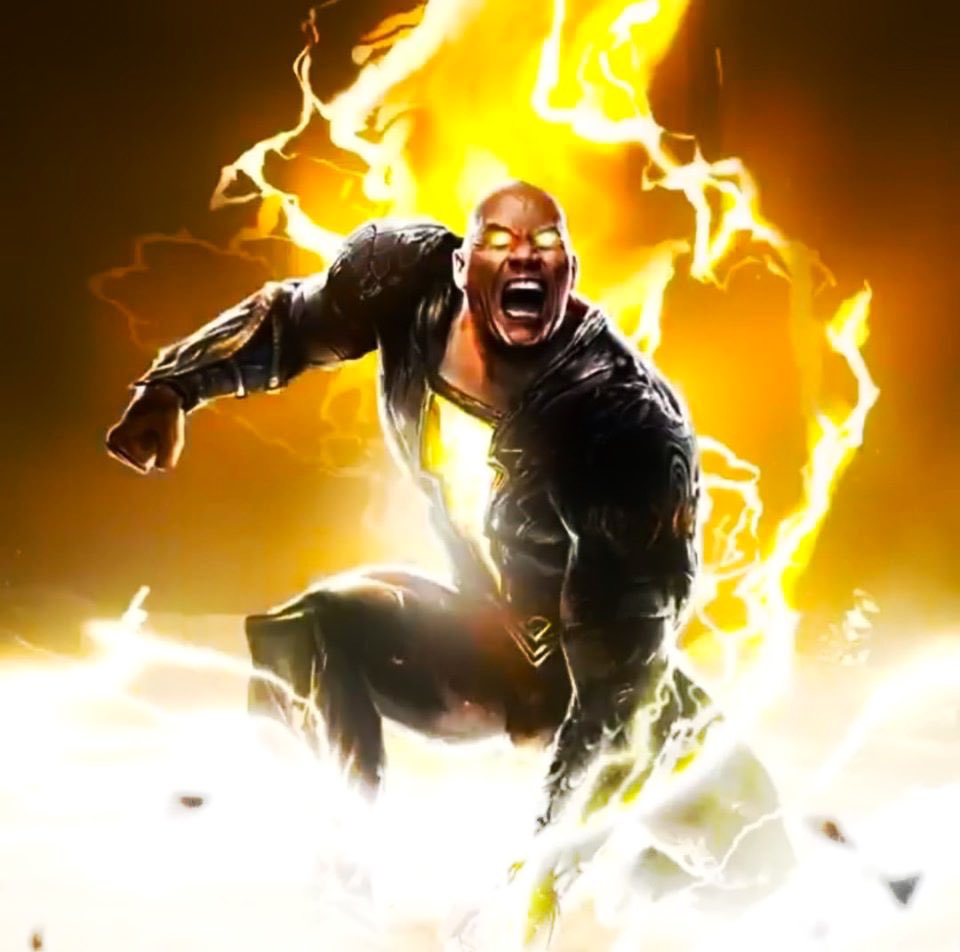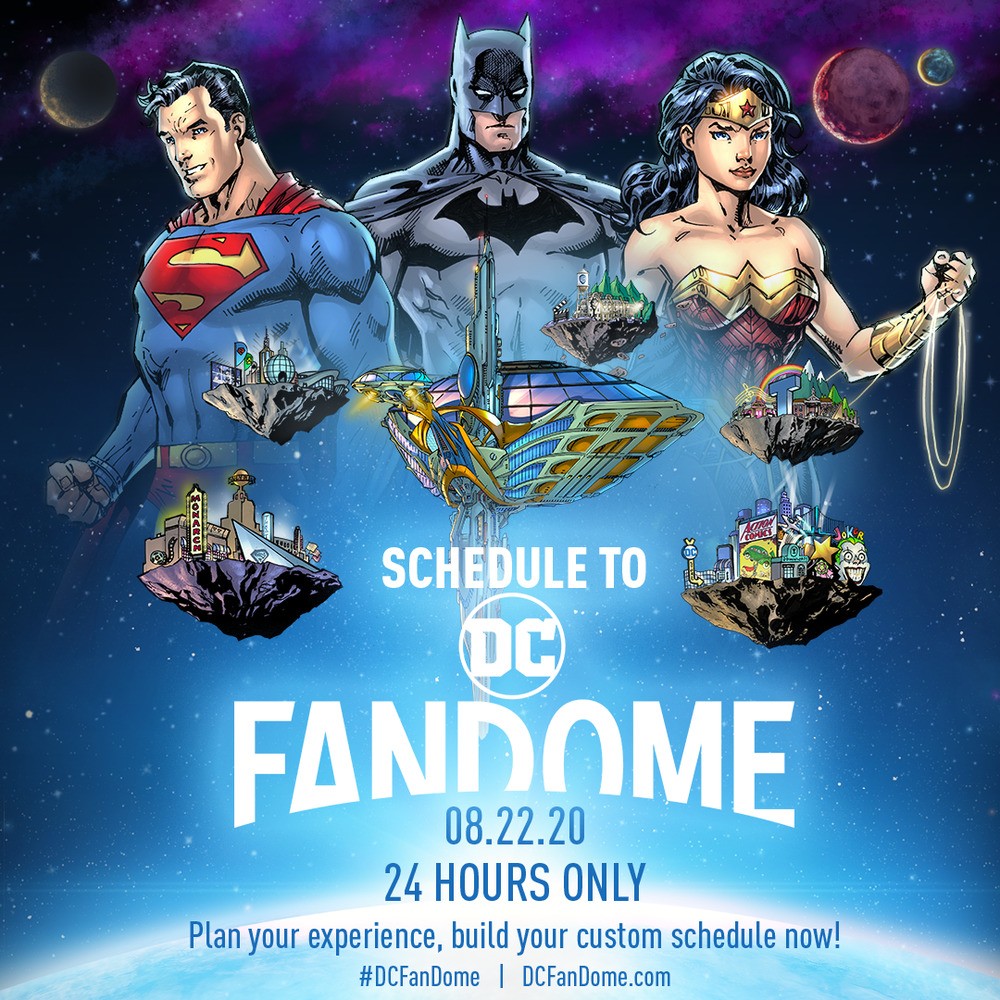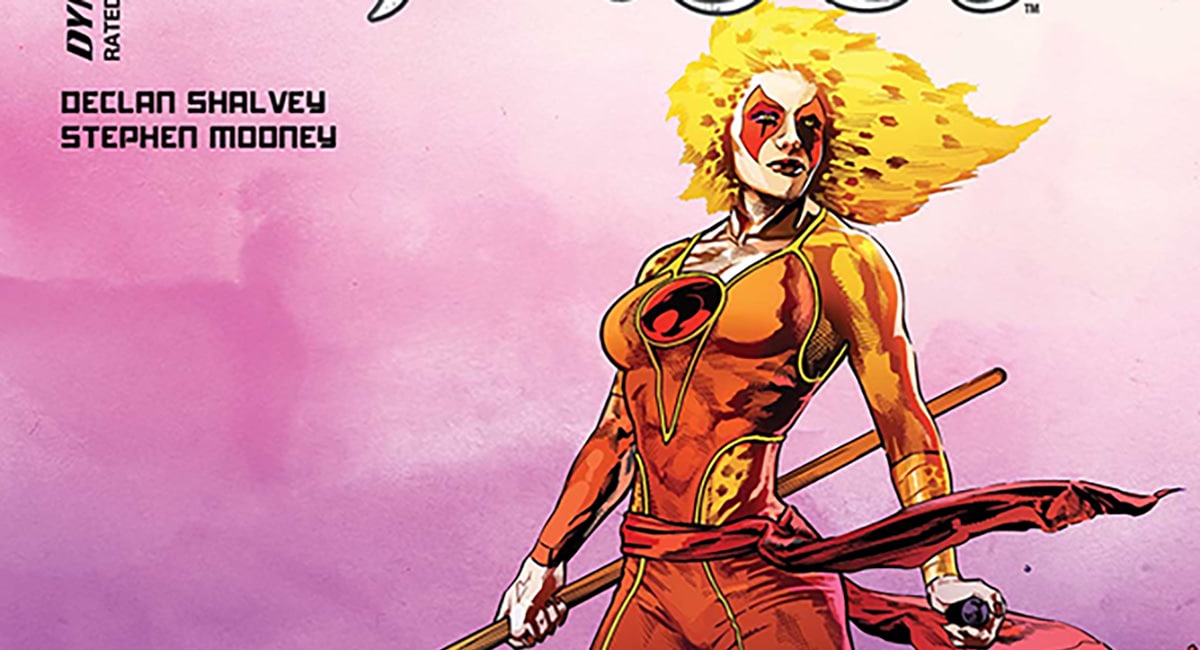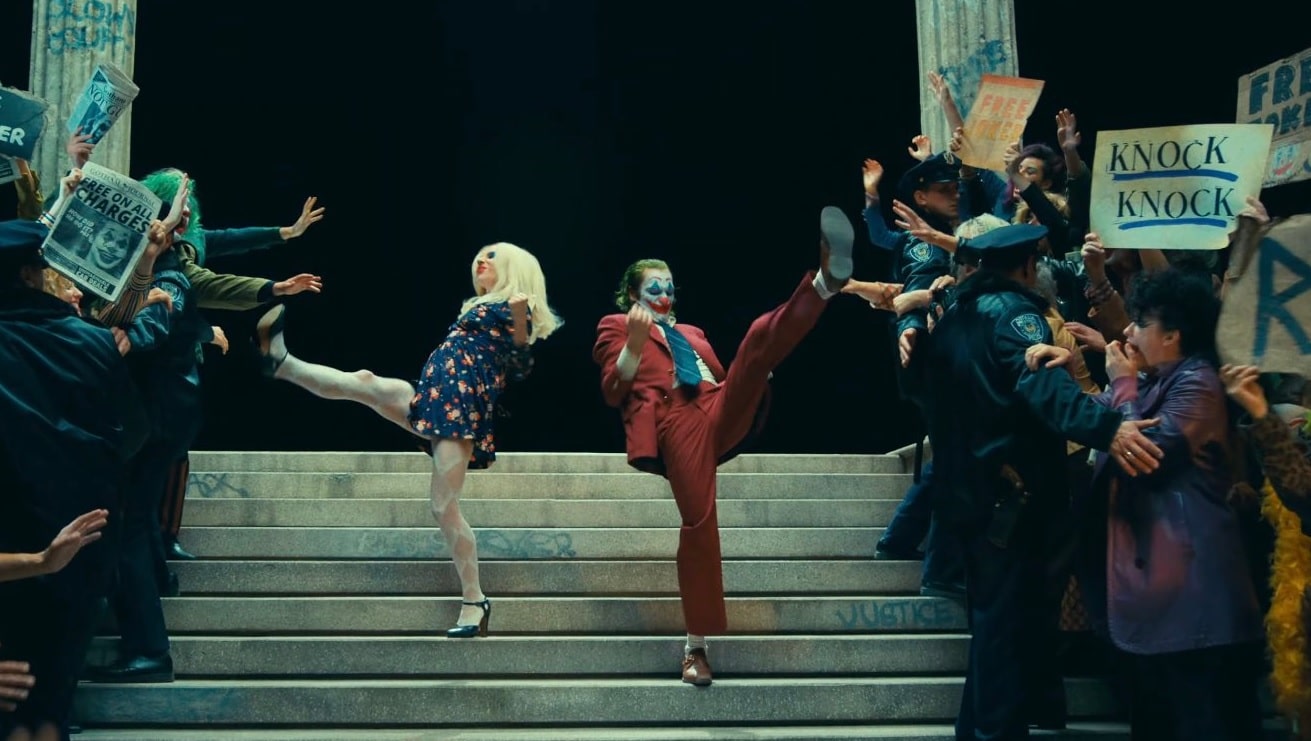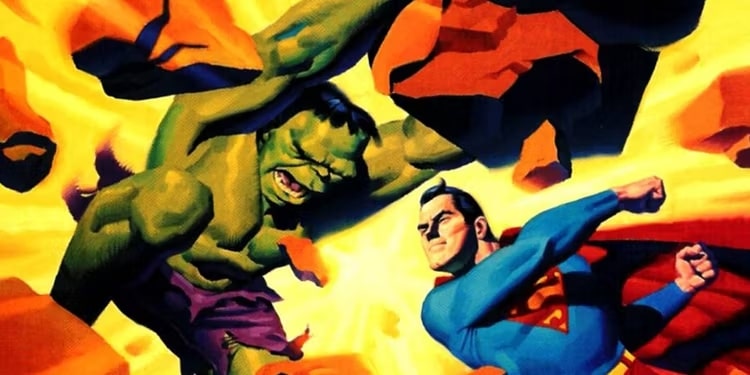When I wrote my DC FanDome thinkpiece the other day, I was a little surprised not to see more DC FanDome thinkpieces out there. After all, for the real Comic-Con in San Diego, by Tuesday after the event, everyone has moved on (except The Beat of course), so I thought the window for commentary had passed.
Maybe we’re just slowed down by COVID brain, or there is less to do everywhere, but all the copycats have now come out with their own analyses, and, no surprise, DC FanDome was a HIT! It was such a huge hit that Variety got to talk to to actual execs, Warner Bros. TV group president and chief marketing officer Lisa Gregorian and WB president of worldwide marketing, Blair Rich for an actual victory lap, something we haven’t seen in much of late in Hollywood.
Some gaudy numbers were revealed: 22 million views around the world, including across “220 countries and territories over its 24-hour run, via the in-house player, livestreams by comic book influencers and other content generated by fans watching the event.”
Comic book influencers! It us!
Some true Kremlinology here for DCEU watchers. Gregorian and Rich take credit for the idea, but it took many hands, including 300 on camera and 250 behind the scenes! And marketing people from everywhere, even DC Comics. Some of the marketing people had never even met until this project.
As Gregorian and Blair Rich, president of worldwide marketing for Warner Bros. Pictures Group, explained in an interview with Variety, the idea for DC FanDome first sparked in April, soon after the industry, the country and most of the world had effectively shut down amid the COVID-19 pandemic.
With the cancellation of E3 and the inevitable cancellation of San Diego Comic-Con, the studio knew that the traditional methods of fan outreach would not be happening for the foreseeable future. Rich says then-Warner Bros. CEO Ann Sarnoff (who was recently promoted to running WarnerMedia’s studios and networks group) and global brands and experiences president Pam Lifford wanted to figure out how to fill that vacuum.
“What could we invent to really put the fans at the center of an experience that could be dynamic and meaningful to them?” says Rich.
The videos were shot over a two-week period at the end of July, with a rough cut delivered a week before. DC FanDome significantly raised the bar for the virtual con experience, and used some very sensible production ideas, like sending everyone a kit with greenscreens and tips for full body framing — a welcome novelty in the Zoom era. There was also art direction, from unified backgrounds to the Jim Lee-designed Hall of Heroes virtual set.
According to the article, although this was expensive, it was not as expensive as flying everyone to San Diego and putting them up at the Hilton Bayfront for three days, so…money well spent.
Also revealed, what we suspected in our own think piece: the other five parts of the FanDome, comprising 100 panels, were moved to a different date because it would have been just too much for fans to get through in one day.
And the ultimate mark of success: They are considering doing another DC FanDome-type event again (and not just FanDome II: Electric Bugaloo on the 12th.)
As for the other thinkpieces, CBR explained Why DC FanDome Was More Successful Than Comic-Con@Home, and I don’t think you need to really read the whole piece to know that a unified marketing event had a bit more planning than the “Let’s put on a show!” vibe of Comic-Con@Home. Maybe an unfair comparison.
The Daily Beast’s Tarpley Hitt was not swayed by the flash and wrote that DC Comics’ FanDome, With Robert Pattinson’s Batman, Was a Funeral More Than a Festival, noting the widespread layoffs just before the event, and the canned nature of the hype.
The ethos of the original comic conventions—non-profit organizations created mainly for fans to meet their favorite creators—has long been overrun by the high-budget, corporate productions now held every year. But unlike the crowded melees where multiple universes convene, the Fan Dome focused on just one, lending it the air of an extended infomercial. In an unambiguous way, it was; the free event was peppered with promotions. In lieu of the standard spread of costumes, DC released a filter for Instagram, Facebook, and Snapchat, assigning attendees one of fourteen characters. Even the most basic expectation of a comic convention—in person interaction with writers—proved impossible, supplanted by a pre-recorded show, looping three times for different time zones. The monolithic corporate consistency zapped even the mildest serendipity from wherever it might have remained.
Can’t really disagree with this take on the event either, but, as noted, pizzazzing up the now standard and over familiar “Zoom Con” format was badly needed. And perhaps successfully connecting with DC fans worldwide was something the Warner marketing teams also needed. With the new structure at the studio, the inevitable low morale after layoffs, and many new execs in new roles, a friendly reminder that people love the DC characters can’t hurt.
PS: If you want even MORE analysis of the reveals, check out the latest episode of Comic Beat Insider, our hybrid podcast/livestream as myself, Therese Lacson, Jimmy Aquino, and Jon Hoche run it all down for you.


